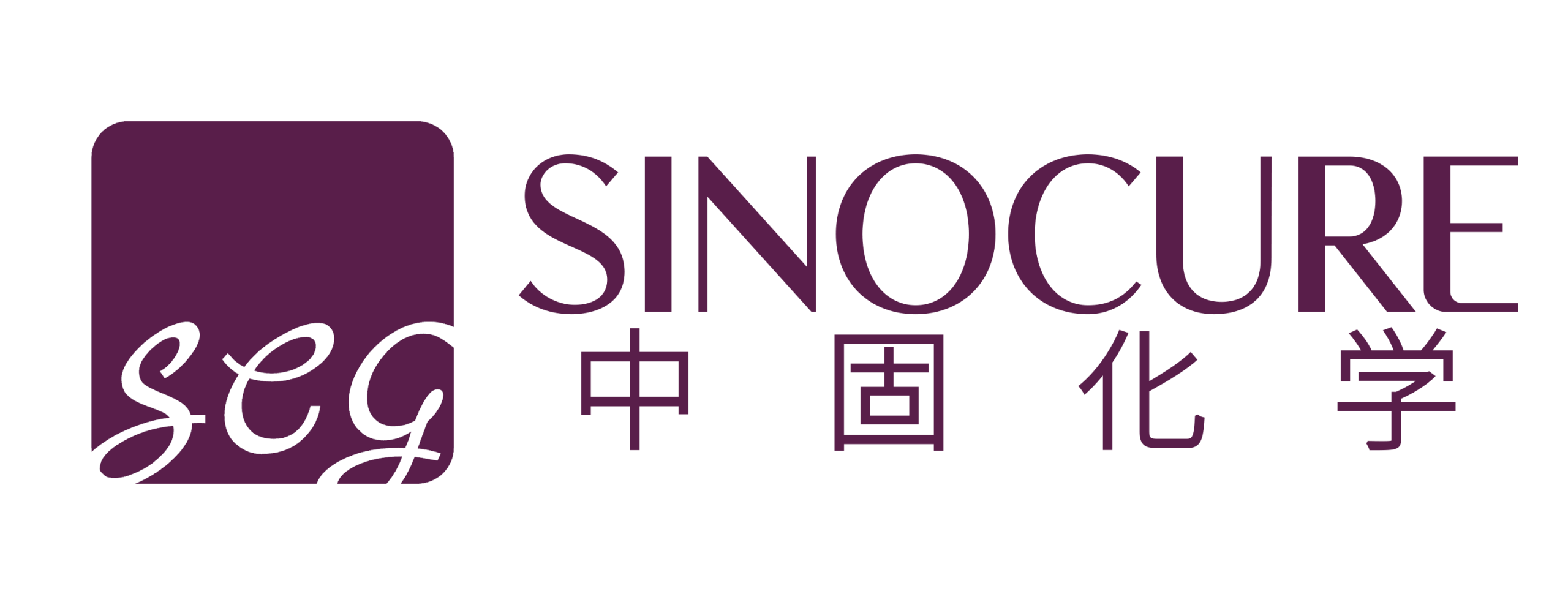Properties
The following table outlines the key physical and chemical properties of tert-Butyl Peroxybenzoate, sourced from industry data provided by Nouryon.
|
Property |
Value |
|---|---|
|
Chemical Formula |
C11H14O3 |
|
Molecular Weight |
194.23 g/mol |
|
Appearance |
Clear liquid |
|
Active Oxygen |
8.07-8.24% |
|
Density (20°C) |
1.04 g/cm³ |
|
Viscosity (20°C) |
6.5 mPa.s |
|
SADT |
60°C (140°F) |
|
Half-life (10 hours) |
103°C (217°F) |
|
Half-life (1 hour) |
122°C (252°F) |
|
Half-life (0.1 hour) |
142°C (288°F) |
|
Crystallization Point |
8°C |
|
Color |
≤ 100 Pt-Co |
|
Hydroperoxides as TBHP |
≤ 0.099% |
|
Inorganic + Organic Hydrolysable Chloride |
≤ 50 mg/kg |
Usage
tert-Butyl Peroxybenzoate is a versatile compound primarily used as:
-
Polymerization Initiator: Initiates the polymerization of ethylene to produce LDPE, as well as vinyl chloride, styrene, and acrylic esters.
-
Crosslinking Agent: Used for curing unsaturated polyester resins at concentrations of 1-2%, enhancing the mechanical strength and thermal stability of the final products.
-
Organic Synthesis: Applied in reactions such as the preparation of SES-Cl (a protecting group), allylic oxidation (Kharasch-Sosnovsky reaction), and oxidative coupling of aromatics with olefins.
Examples of Applications:
-
Polymerization: Used in the production of LDPE at temperatures around 220-270°C, as noted by Nouryon.
-
Crosslinking: Cures unsaturated polyester resins in hot press molding processes (e.g., Sheet Molding Compound (SMC) and Bulk Molding Compound (BMC)) at 120-170°C.
-
Organic Chemistry: Facilitates specific oxidation reactions and the synthesis of protecting groups in chemical synthesis.
Packaging and Transportation
-
Packaging: Available in 1-gallon polyethylene containers (8 lb net, 4 per case), 5-gallon polyethylene containers (40 lb net), and 30-liter HDPE cans (Nourytainer®) for 25 kg peroxide. Other quantities are available upon request.
-
Transportation: Classified as an Organic Peroxide Type C; liquid; Division 5.2; UN 3103. Must comply with international transportation regulations for organic peroxides to ensure safe handling and prevent decomposition.
Storage
Store tert-Butyl Peroxybenzoate between 10°C and 25°C in a dry, well-ventilated place, away from heat, ignition sources, direct sunlight, reducing agents, acids, alkalis, and heavy metal compounds. Keep containers tightly closed and avoid weighing out the product in the storage room. The shelf life is at least 3 months under recommended storage conditions.
